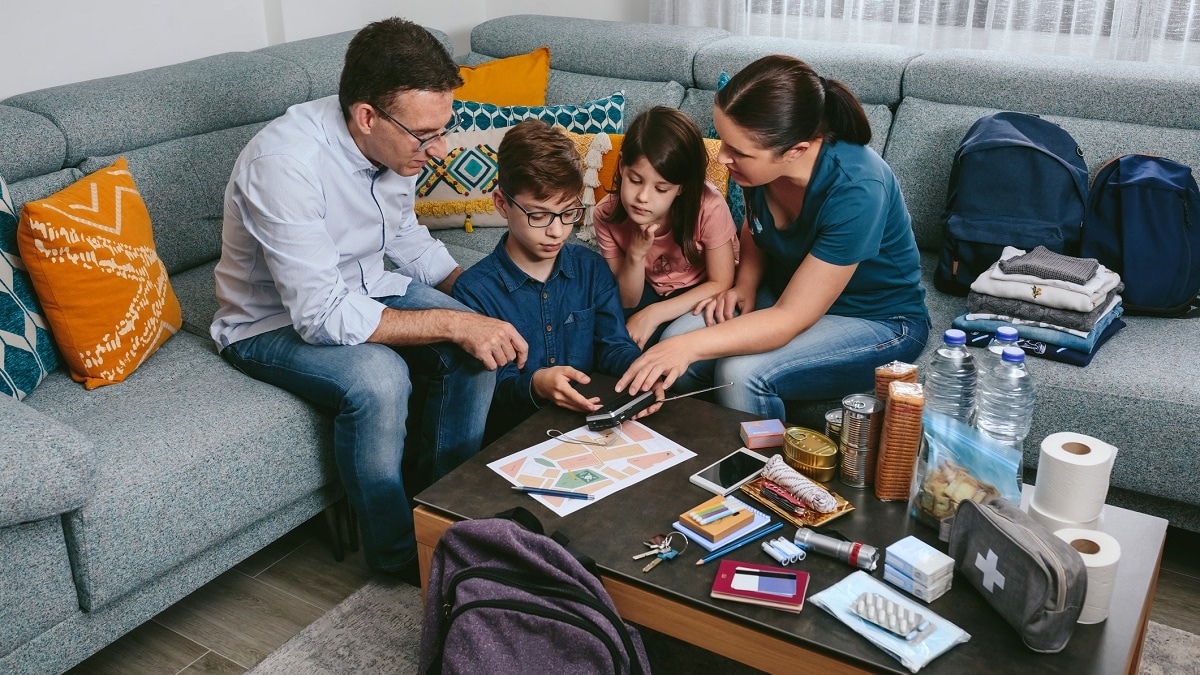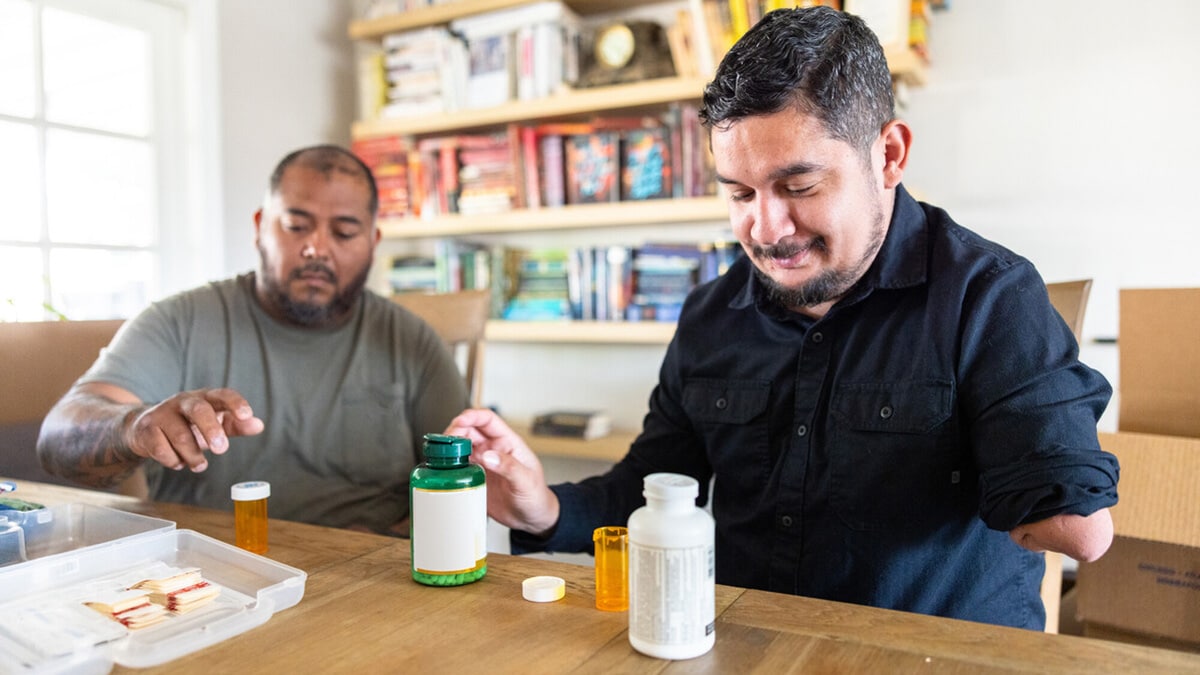What to know
- Emergencies can happen fast and without any warning.
- For people with disabilities, emergencies can be especially dangerous.
- Learn how to prepare for emergencies and stay safe.

Why it's important
Emergencies can happen fast and without any warning. An emergency is any occasion that requires action to save lives and to protect the public's health, safety, and property. There are many kinds of emergencies, such as natural disasters, human-caused disasters, and disease outbreaks.
For people with disabilities, emergencies can be especially dangerous. A disability is any condition of the body or mind that makes it more difficult for those with a disability to do certain activities or interact with the world around them. For example, a person with a disability may have access and functional needs related to seeing, hearing, moving, understanding, or communicating.
It is important to consider how environmental factors, such as technology, support and relationships, services, policies, or the beliefs of others, can impact a person's activity limitations and participation in society. It is also important when planning for emergency preparedness, response, and recovery efforts to consider the specific needs of people with disabilities.
Learn how to prepare for emergencies and stay safe.
Emergency Now
What Is Emergency Preparedness?
Emergency preparedness refers to steps you can take to make sure you and the people you support are safe before, during, and after an emergency. There are many kinds of emergencies, such as natural disasters, human-caused disasters, and disease outbreaks. Natural disasters can include earthquakes, extreme heat, floods, hurricanes, landslides and mudslides, lightning, tornadoes, tsunamis, volcanoes, wildfires, and extreme winter weather. Human-caused disasters can include explosions, radiation emergencies, and other chemical and biological attacks. Disease outbreaks can include flu, respiratory syncytial virus (RSV), COVID-19, and mpox.
Whole Community Approach to Emergency Preparedness
We all have a role to play to keep ourselves and our communities safe before, during, and after emergencies. Using a whole community approach, we can help ensure that the needs of people with disabilities are considered and met during emergencies.
A whole community approach brings together everyone within a community, including residents, first responders, emergency managers, clinicians, and local leaders, to plan and respond to an emergency by:
- Understanding and meeting the needs of the whole community,
- Engaging and empowering all parts of the community, and
- Strengthening existing relationships in communities.
Involving people with disabilities in all phases of emergency management (i.e., mitigation, preparedness, response, and recovery) can help the whole community better prepare for the next emergency or disaster.
Emergencies and the Impact on People with Disabilities
Emergencies may disproportionately impact people with disabilities. Past experiences have shown that emergency preparedness and response efforts, including evacuation plans and emergency communications, may not meet the needs of people with disabilities. Addressing access barriers that people with disabilities may experience is an important part of a community's emergency preparedness efforts:
- Shelters (facilities that provide housing and disaster services to people who have evacuated) may not be fully accessible.
- Effective communication requiring visual aids, clear instructions, or alternative forms, such as American Sign Language (ASL), large print, infographics, or Braille, may not be consistently provided.
- Transportation, social networks, and other support systems. People with disabilities may encounter greater barriers due to disruptions in transportation, social networks, and other support systems before, during, and after emergencies.
- Environments in an emergency frequently are not accessible, making it difficult or impossible for people with disabilities to evacuate. A lack of accessible transportation or ineffective emergency communications can cause or contribute to inaccessible environments. Additionally, the built environment, such as elevators that require power and poorly designed pathways, can create barriers for people with disabilities during an emergency.
- Other barriers to inclusion. People with disabilities may experience discrimination. This can include a lack of access to life-saving care, despite federal laws protecting the rights of people with disabilities.
Disability Rights
Resources
Find a broad compilation of resources on emergency preparedness and response that can be filtered by audience and topic: Resources.

